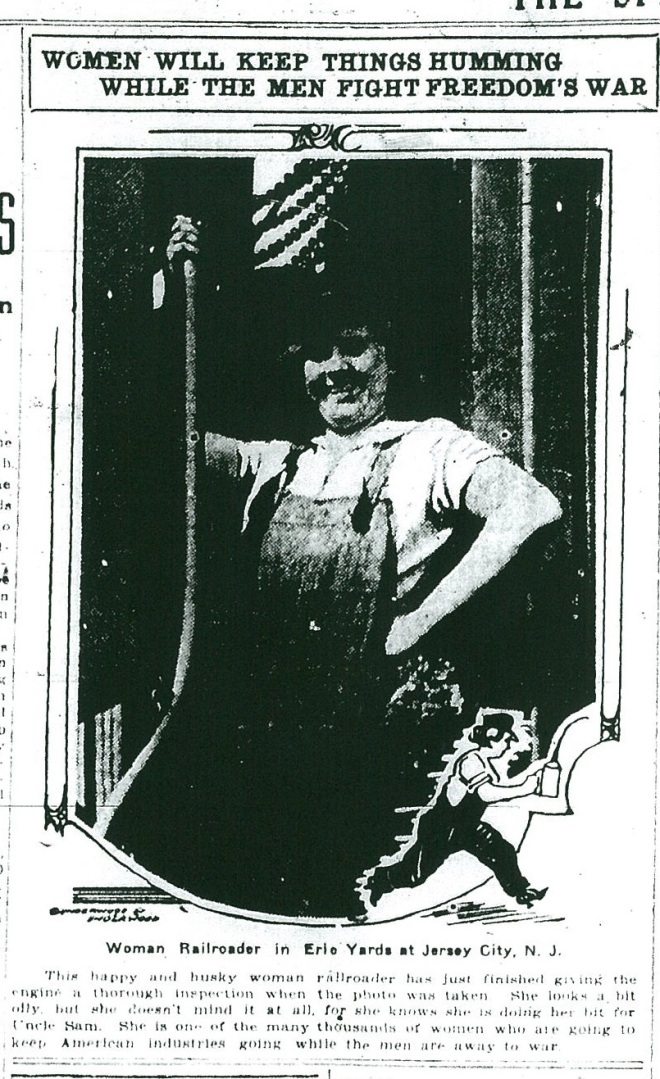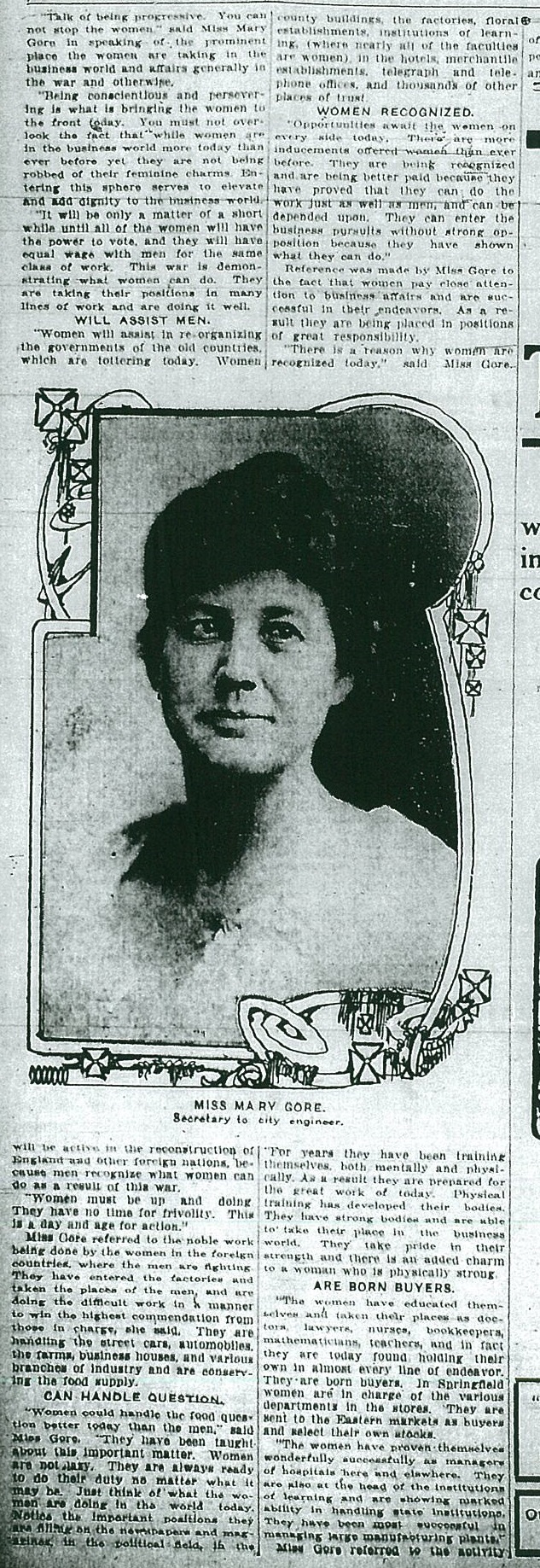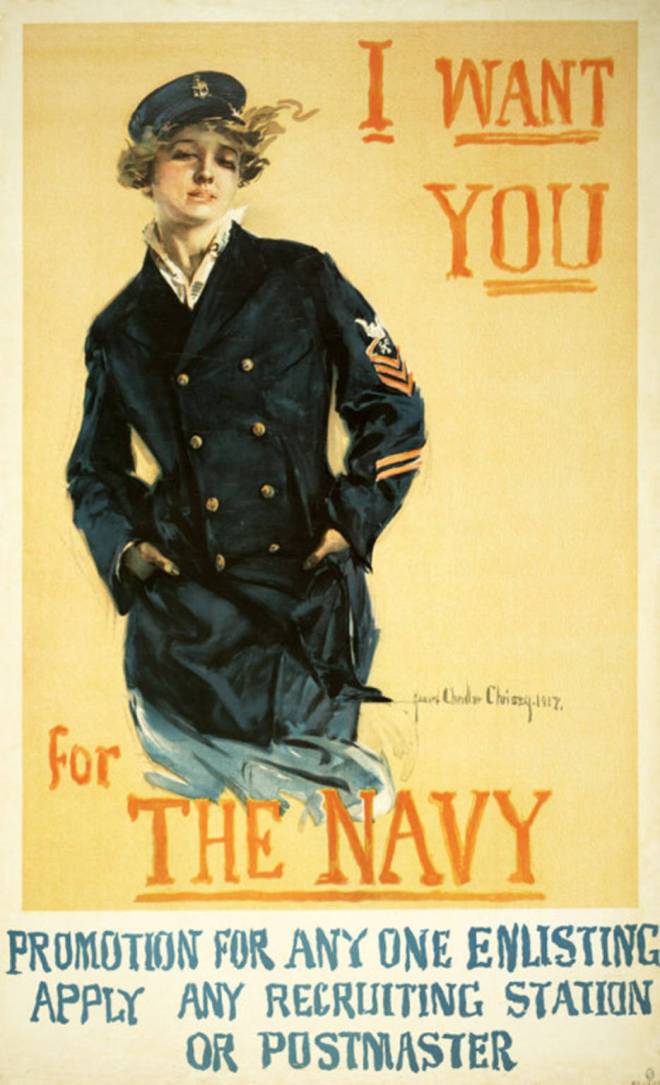by Sherri Goudy
“First your country, then your rights!” With these words, W.E.B. Dubois urged blacks to support the war and that their fight for democracy abroad would surely result in democracy at home. Although their treatment before, during, and after the war is the worst that any American soldier has ever experienced, they did not surrender their fight for freedom.
WWI’s impact on the civil rights movement is profound and continues today. As recently as 2015, the Medal of Honor, America’s highest military honor, was awarded posthumously to Pvt. Henry Johnson whose valor and sacrifice on the French front lines during WWI had not been recognized by the American government. He is one of only 2 African American WWI soldiers to be awarded this honor, both of whom received their awards long after their sacrifice had been made.
WWI was a momentous period for African Americans in many ways. In 1914, as war began in Europe, the Great Migration in America of over 500,000 southern blacks to the north began. African Americans were subjected to Jim Crow segregation, political and social oppression, and countless horrific indignities in the south. Wartime opportunity gave hope to these individuals, that they would find jobs, better pay, and better treatment than they were facing in the south.
Conditions in the north did not prove to be much better. Although there were opportunities for jobs and better pay, “separate but equal” caused bitter race relations. Nevertheless, blacks continued to persevere and as war was declared by America in 1917, African Americans joined the effort for the “war to make the world safe for democracy.”
As men came forward to enlist for service, many African Americans were denied entry or leadership positions for physical reasons. Colonel Charles Young had a bright future as a military leader, serving many of those years at Wilberforce University where he taught Military Tactics and Technology courses. At the outbreak of WWI, he was medically retired by the government. He asked for reconsideration and upon being denied, he set out on a historic 500-mile horseback ride from Wilberforce, Ohio to Washington, D.C. Though he had proven his physical stamina and capability to serve and lead troops, the decision of his retirement was not reversed. He was however kept on an active duty officers list and served in Ohio recruiting and training black soldiers.
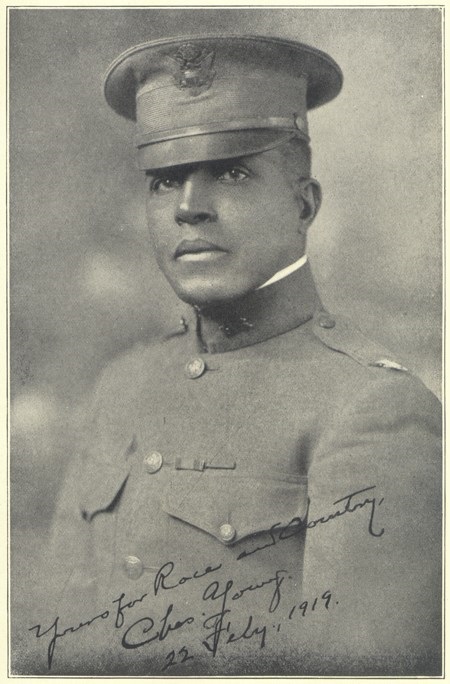
In Springfield, Alfred Howard wanted to enlist to serve. Standing 6 foot 7 inches tall, he had “difficulty in passing city draft board” due to his height. Though one physician passed him due to his “splendid physique” another doctor denied him due to his height. In this local article dated August 8, 1917, he is shown standing next to Clarence Smith who stood 5 foot 4 inches tall who had no problem passing the physical requirements.
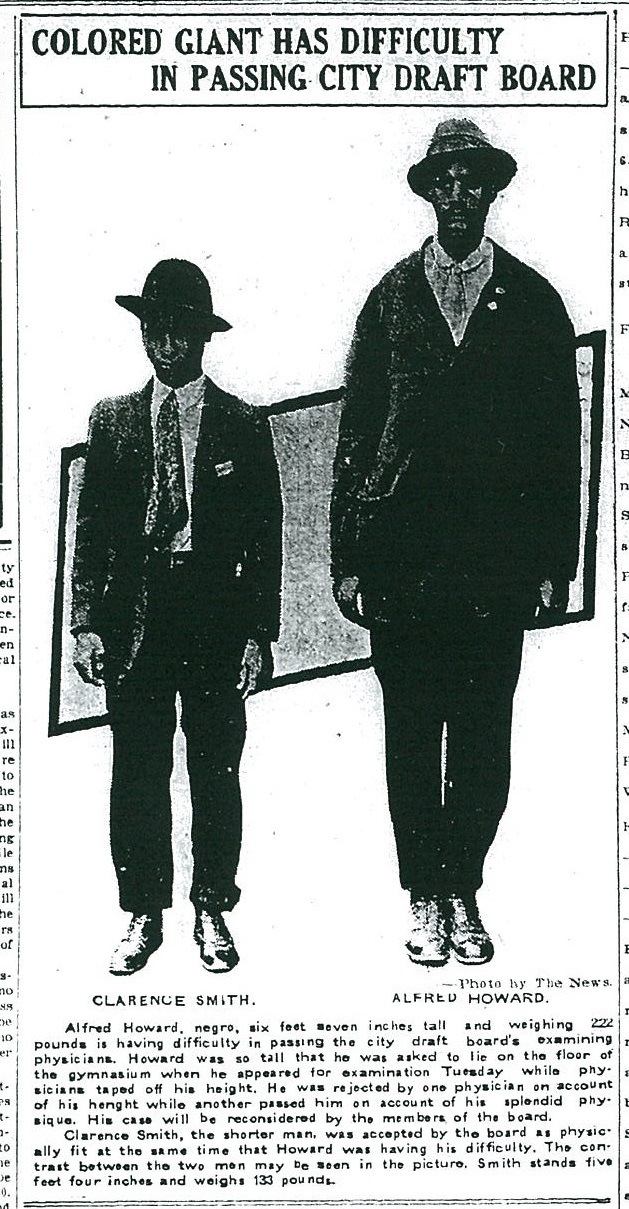
Over 400,000 African American soldiers enlisted or were drafted into service by the government which denied them so much. Most of these men were segregated and put to work in labor units. Half of these soldiers were sent overseas, and 40,000 of them became part of 2 black combat divisions – the 92nd and 93rd. The 93rd Division was further divided into 4 regiments, one of which was the 372nd Infantry which included Black soldiers from the Ohio National Guard. On November 10, 1917 the Springfield Daily News reported that 218 black men from Springfield, Ohio enlisted and were sent to Camp Sheridan. All but 65 of these men went on to serve with the 372nd in France.

One of the men who served with the 372nd was Springfield resident Willard Gilmore.

He told the Springfield News Sun in 1982 that he voluntarily enlisted because “We loved our country. Although things were not good for us, it was still our home… I didn’t need anyone to force me to protect my home.”

Pvt. Gilmore kept a scrapbook about the 372nd, which is part of the Clark County Historical Society’s collection. In it, are newspaper clippings about the men that he served with, many of them from Ohio: PVT. Elmer Underwood, PFC. Maceo Burns, CPL. Lee Freeman, PVT. Homer Lawson, PVT Charles Hamilton among others. Some of these men wrote letters home to their families, which were published in the newspapers. In a letter from PVT Robert W Smith, he writes about the conflict and the progress they were making, “We have gained quite a number of miles on the Huns and the boys have captured thousands of them, also big German guns. We have got them on the run and are holding them there… German soldiers call us “the black Devils of Uncle Sam.”



In another letter, Gilmore himself wrote home to his father and told him about Thanksgiving in the trenches. “For my Thanksgiving, I had bread, beans, and coffee. Some dinner, but very glad to have that.”

In France, he and the other men of the 372nd, faced combat situations for 13 months, the longest of any soldier, black or white, during WWI. They fought gallantly and were recognized and honored by the French with the Croix de Guerre (France’s highest military honor). There was also a monument erected in France dedicated “In memory of the Members of the 372nd US Infantry killed in action.”
Sadly, the US Government did not properly recognize or honor these men during or after the war. Willard Gilmore did not receive any recognition from his home country until 1982. On November 5, 1982, PVT Willard Gillmore and 5 of his comrades were honored by the State of Ohio with the Ohio Distinguished Service Medal “for gallantry in action.”



African Americans showed their patriotism despite segregation and oppression during WWI. The role that blacks served in WWI is often overshadowed by the Civil War and WWII. However, this period in history could be described as one of the most pivotal for blacks because it changed so much of their experience. They asserted their right for citizenship and equal treatment on a level never seen before in American history. The civil rights movement was born out of this era, and the true potential of the United States and what it stands for was never demanded less.
Let us know what you think. And join us for our next blog about Camp Life for the soldiers from Clark County preparing to go Europe.



